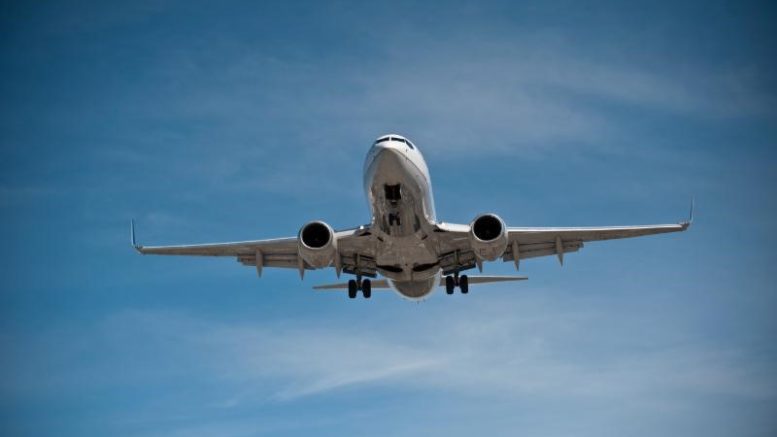Costa Mesa staff continues to monitor all activities related to the airport. This included attending an April 12 meeting with the County of Orange to discuss the scope of an upcoming environmental study to evaluate the impacts of facility upgrades at the airport.
The proposed upgrades include:
· Designing aircraft T-hangars to accommodate the Cirrus SR22 and Cessna 172 series of
· aircraft, which have 38.33-foot and 36.08-foot wingspans, respectively. This is based on the fact that these two (2) aircraft account for nearly all new single engine aircraft sales
· Reconfiguring surface roads and aircraft taxiways within the airport
· Developing the Orange County Sheriff’s Department (“OCSD”) and flight schools as independent facilities
· Maintaining an on-site piston engine mechanic
· Providing for up to three (3) full service fixed based operators (FBOs) with adequate fueling facilities. This would increase the number of FBOs from 2 to 3. FBOs are the private businesses that provide aviation-related services such as fuel, maintenance, and flight instruction
· Providing for a general aviation terminal
· Providing for a self-service fuel facility
· Retaining the existing general aviation fuel farm
The County expects to provide additional information about this project in late 2017.
Staff has previously shared this information concerning the Metroplex project and is including it again to ensure everyone remains in the loop. The NextGen Metroplex project was initiated by the Federal Aviation Administration (FAA).
The project involves modernizing air traffic control systems in the region and includes airports such as: Burbank, Hawthorne, Los Angeles International (LAX), Long Beach (LGB), Ontario International (ONT), Oxnard (OXR), Palm Springs International (PSP), San Diego International (SAN), Santa Monica Municipal (SMO), John Wayne-Orange County (SNA), and Van Nuys (VNY).
The Metroplex system is intended to allow for more direct and efficient routing of aircraft. The new system uses GPS (instead of radar) to guide departures and arrivals; minimizing the current deviations due to older radar technology, wind, air pressure, etc.



